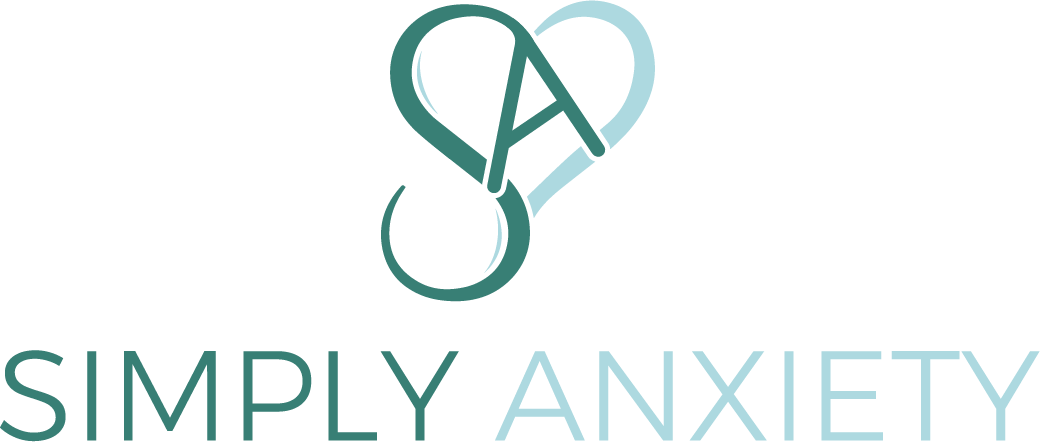Toxic Positivity. What is it? How Deep Does It Go?
In This Post We Will Explore Toxic Positivity. Topics That We Will Cover:
- Definition Of Toxic Positivity
- Definition Of True Positivity
- Toxic Positivity Towards Yourself vs To Others
- Shadow Side
- Who Is Toxic Positivity Benefiting?
- What Toxic Positivity Can Look Like
- The Process Of Dealing With Emotions
- How To Change Mindset From TP
- How To Harness True Positive Energy
Definition Of Toxic Positivity:
The overgeneralization of a happy, optimistic state that results in denial, minimization and invalidation of the authentic human experience.
When doing research about this topic, it’s easy to see how fast positivity and optimism can be misconstrued. We as humans take things quite literally. Without a full explanation of the meaning behind things, positivity can turn into a denial of the authentic human experience. That experience includes negative circumstances, situations, feelings, etc.
I’ll give you an example of how quickly positivity can be confused.
Examples:
Positivity Definition #1
The practice of being optimistic in attitude, the ability to choose optimism even when it’s easier said than done, to view the glass half full than half empty and to always look on the bright side.
Positivity Definition #2
A positive attitude is the mindset of approaching challenges, circumstances, and interactions with optimism and constructive thinking. It involves focusing on the brighter side of situations, believing in one’s capabilities, and expecting favorable outcomes. This perspective encourages resilience, adaptability and a proactive approach to life’s adversities. 75 Optimism Examples (2024) (helpfulprofessor.com)
The Break Down
Definition #2 includes growth, it’s inspiring, and it speaks on life’s challenges. The first definition prompts us to ignore our feelings or “don’t let it get to you.”
Feelings need some attention. They need to be explored. Sit your feelings down and ask some questions.
- Why am I feeling this way?
- Why does this bother me so much?
- Why do I find it hard to let go?
Self-Discovery
Maybe you’ll discover it’s something deeper. Maybe you’ll see the same situations keep popping up because you ignore it under the guise that you see the glass half full.
In order to be truly positive you have to address the issue or emotion. Brainstorm on the best way to handle it and hope for the best in every situation. Instead of shutting down at the sight of any negative emotion and replacing it with optimism.
So now you see how easily positivity can be interpreted. One includes real growth and the other includes avoidance.
Toxic Positivity Rooted From Guilt
Using Toxic Positivity can stem from feelings of guilt and shame. You might force yourself to be positive, but it is rooted from guilt. Most often you compare your situation to those of others who have it worse realistically speaking. Convincing yourself that you shouldn’t be upset but it doesn’t change the way you feel. You still feel down because of the situation you’re in, and that’s okay.
Toxic Positivity Rooted From Shame
Another scenario is toxic positivity that is rooted in shame. You want to tell others how hard you are struggling but you feel ashamed of your feelings or circumstances. It’s not that bad, so why bring down the vibe with my stupid little problems?
When you use Toxic Positivity to deal with your problems or other people’s problems, you don’t know that it’s toxic. You feel that your approach is optimistic, but it’s damaging. There are always two sides to life, the good and the bad. Pretending that everything is good all the time, leaves your life out of balance. You have to pay attention to your shadow side.
What Is A Shadow Side?
The famous Carl Jung popularized the term “the shadow” which we know as the shadow side of ourselves today. This side of ourselves contains the parts we don’t want to accept. Unacceptable attributes such as laziness, jealousy, shame, rage, ugly thoughts, unskilled, etc.
Connecting to your emotions or feelings and realizing why it takes affect is important for overall growth. If you pretend that the shadow side of yourself doesn’t exist it will keep growing. Negative emotions and negative outlooks on situations are a normal process of human life. It’s okay to not be happy all the time or seeing life as the “half glass full.”
How Can Positivity Be Toxic?
There is a common saying, there’s a time and a place. Sometimes, positivity is not an appropriate way to handle a situation. An extreme example of this is making the comment at a funeral, “don’t worry you’ll move on, just look on the bright side.” This would be offensive to the person going through a death of a loved one.

It’s too soon. They haven’t even made it through the first stage of the seven stages of grief. It’s not as simple as telling someone it will be okay and now, they magically feel better.
You have to ask yourself, what good does it do for them, for me to react positively to their negative situation?
If you react positively to someone’s negative situation it might be more for your own benefit rather than theirs. If your intention is to help another to overcome a negative situation, it doesn’t help to shove positivity in their face. The emotional process needs to run its course before optimism can be truly embraced.
Shutting Emotions Down With Toxic Positivity
When most people share a negative experience with you, they want comfort and understanding followed by advice and hope. If you respond with toxic positivity, you are effectively shutting them down from their feelings. You are not allowing the person to fully work through the emotion which leads to letting it go.
Most people understand this, but it’s the less extreme scenarios that face a lot of toxic positivity. Once you have determined whether a person is overly negative or just going through a negative emotion you can walk them through the process of getting through that emotion. Ask questions to calm them down, make them think about the negative situation and work through it. Tell them you feel badly, and you wish you could fix it. Offer them advice or a hug. Always keep the attitude of understanding. Do not judge someone for a negative emotion.
True Positivity
Start focusing on positivity in general, change the way you see the world, learn to process all emotions and easily move on. True positivity is kindness, warmth, compassion, and love. Positivity isn’t just saying something is okay or good when it’s not. It’s about understanding and acceptance, grief and letting go. Ignoring negative emotions can build resentment in the heart.
You can’t have one without the other. Accept both the good and the bad, learn to love regardless instead of giving a false sense of positivity, because that’s not real, it’s an act. Love is real and its relentless. Toxic Positivity is masquerading as positive and uplifting. When all it does, is grow into confusion, resentment, and depression.
Society generally doesn’t accept negative situations or feelings well. We are trained not to talk about our real feelings, which are sometimes negative. But, being positive no matter, the situation denies your true human experience.
Lack Of Awareness
If you believe that always keeping a positive outlook on life, makes everything fine. This can turn into a lack of awareness around your feelings and emotions. Switching to the positive and ignoring a true feeling is also you not dealing with your feelings. It can also turn into you being too hard on yourself. Wondering why you can’t be more positive even though you’re dealing with a completely justifiable hardship.

Emotional Process:
- Recognition
- Observe
- Dig deep
- Validate
Regardless of what happens, work through the issue and find a solution that resonates with you. Work through the 4 steps of the emotional process to effectively deal with negative emotions as they come up to avoid resentment building up in your heart.
Of course, there is an exception to the rule. You might know of a coworker or friend who is constantly complaining even when things work out for them. How exhausting! Here is a time where being overly optimistic can balance out with their overly negative state. You don’t give in to that negativity and shield yourself with positivity!
Conclusion
Toxic positivity can be something you inflict on yourself or others. It’s okay to not feel okay. It’s okay to take a second to reflect and find a solution to these negative emotions. Seeing the half glass full isn’t pretending everything is always fine. Seeing the half glass full is about resilience and true optimism. Let real love speak through you.







